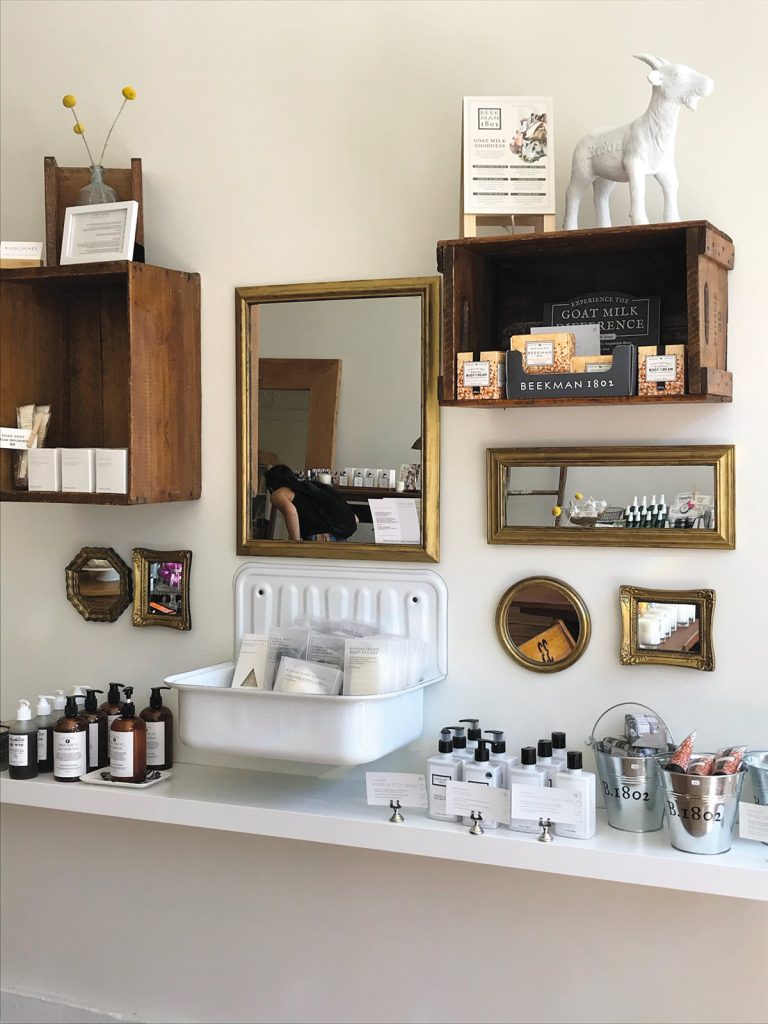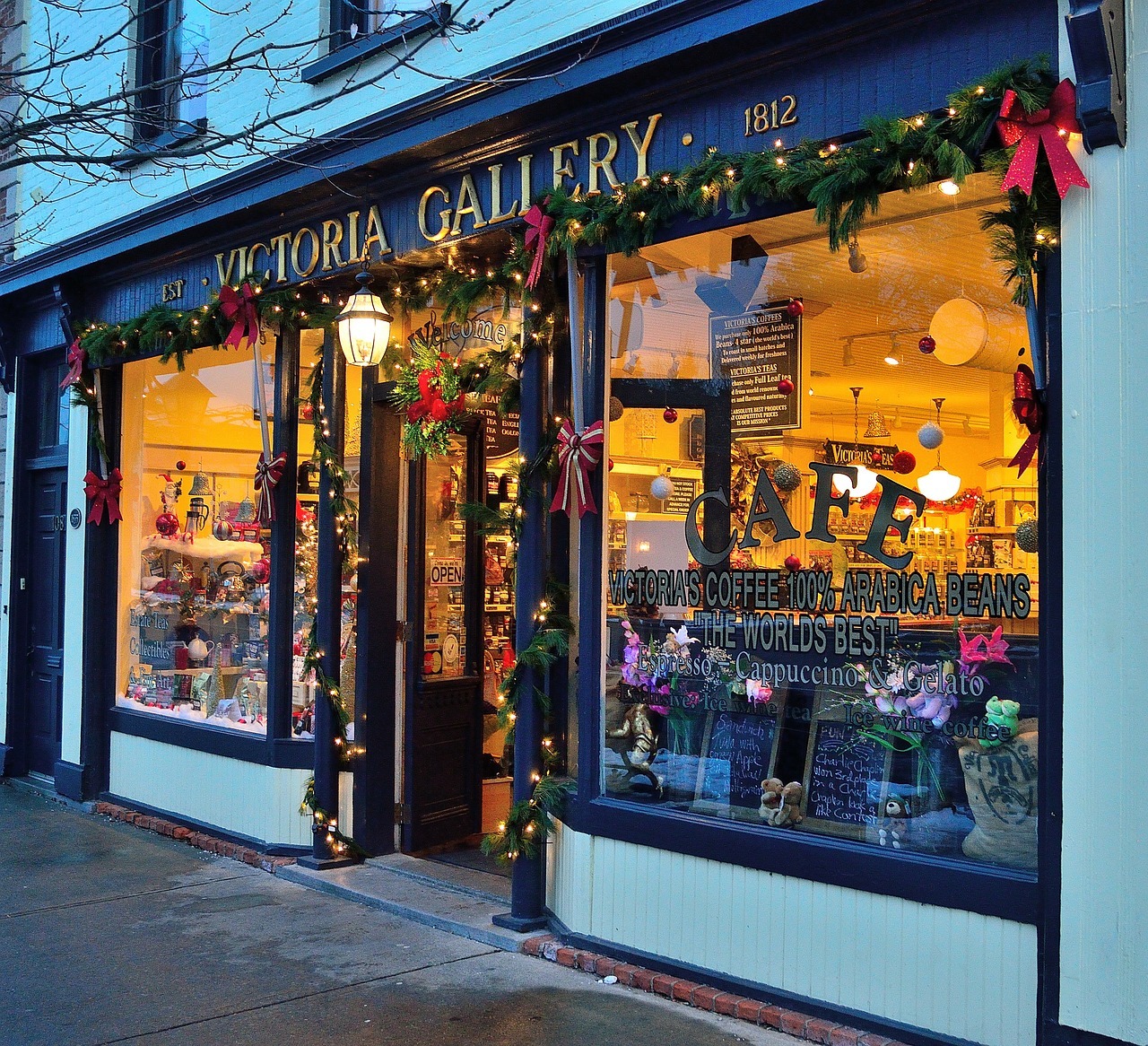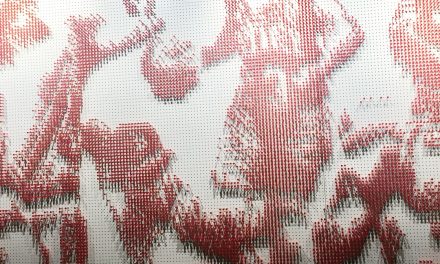Use Fragrance to Connect With Your Customers
By Amy Meadows
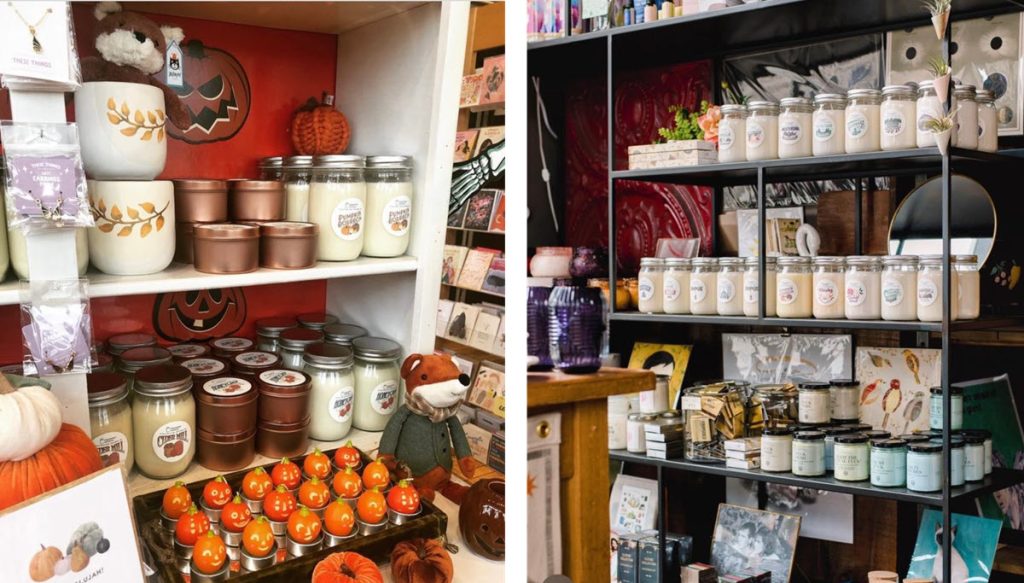
Photo courtesy of Foursided Chicago.
While this column typically focuses on visual merchandising, let’s explore how these strategies also support scent marketing goals.
Scent marketing? Yes, it is a thing. We know first impressions count, and we also know those impressions are created — in no small fashion — by the attention paid to our five senses: touch, taste, smell, sound, and sight.
When we talk about scent marketing, we are looking for ways to add fragrance to a shop’s environment or perhaps manage an array of aromas generated by the candles, soaps, and essential oils that are part of its inventory.
Research shows that customers who are happy with a shop’s aroma spend more. So, how can you add the right scent in the right quantity in the right location?
Marisa Sanfilippo covered this topic in an article for Business News Daily. She described scent marketing as the strategic use of fragrance at specific consumer touch points. “The right scent can allow you to create an instant emotional connection with the customer and make the shopping experience more memorable,” Sanfilippo wrote.
A Little Scent Marketing History
In department stores, fragrances are expected near the entrance. But it was not always that way.
It was Harry Selfridge, founder of Selfridge’s in London, who took the then-drastic step of moving fragrances to be near the store’s entrance. Eau de cologne, toilette water, and other items were typically sold in the pharmacy department.
Selfridge determined that moving all the wonderfully smelling goods to the entrances would not only drive sales but also mask a decidedly unpleasant situation. That was the overwhelming odor of horse manure from the carriages that brought customers shopping.
Not everything in retail is a high-level strategy based on elevated merchandise and branding concepts. Sometimes it is just about masking a musty odor or lingering chemical smell.
Selfridge’s idea made sense, and other retailers were quick to follow suit. Long after the days of horses and carriages, shoppers expected to be greeted by sampling offers and bits of “spritz” or dabs on the wrists when they entered a store.
Magazines were filled with sample strips and fragrance inserts. At some point, though, the enthusiasm for a barrage of odors faded. Customers not only lost interest but also pushed back, citing allergies and other discomfort levels.
How To Freshen the Air
Leave the industrial-strength, synthetic sprays behind. While there were certainly times during the COVID-19 pandemic when sanitized aromas provided reassurance the area was clean, we have moved past that trend.
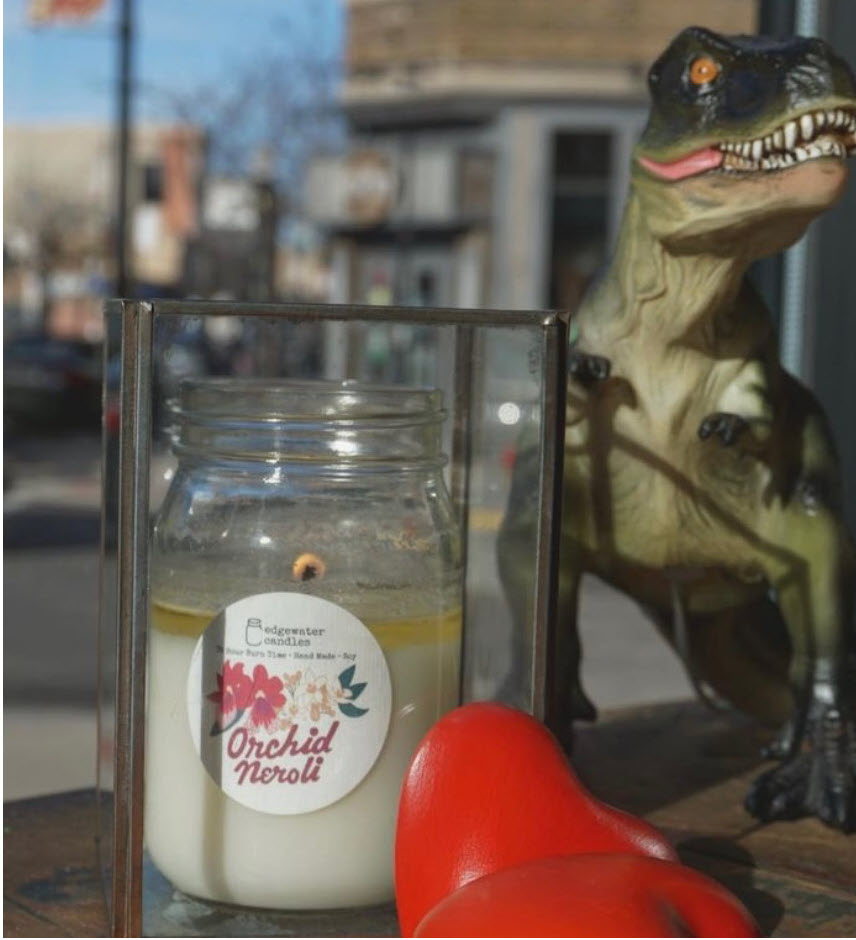
Photo courtesy of Foursided Chicago.
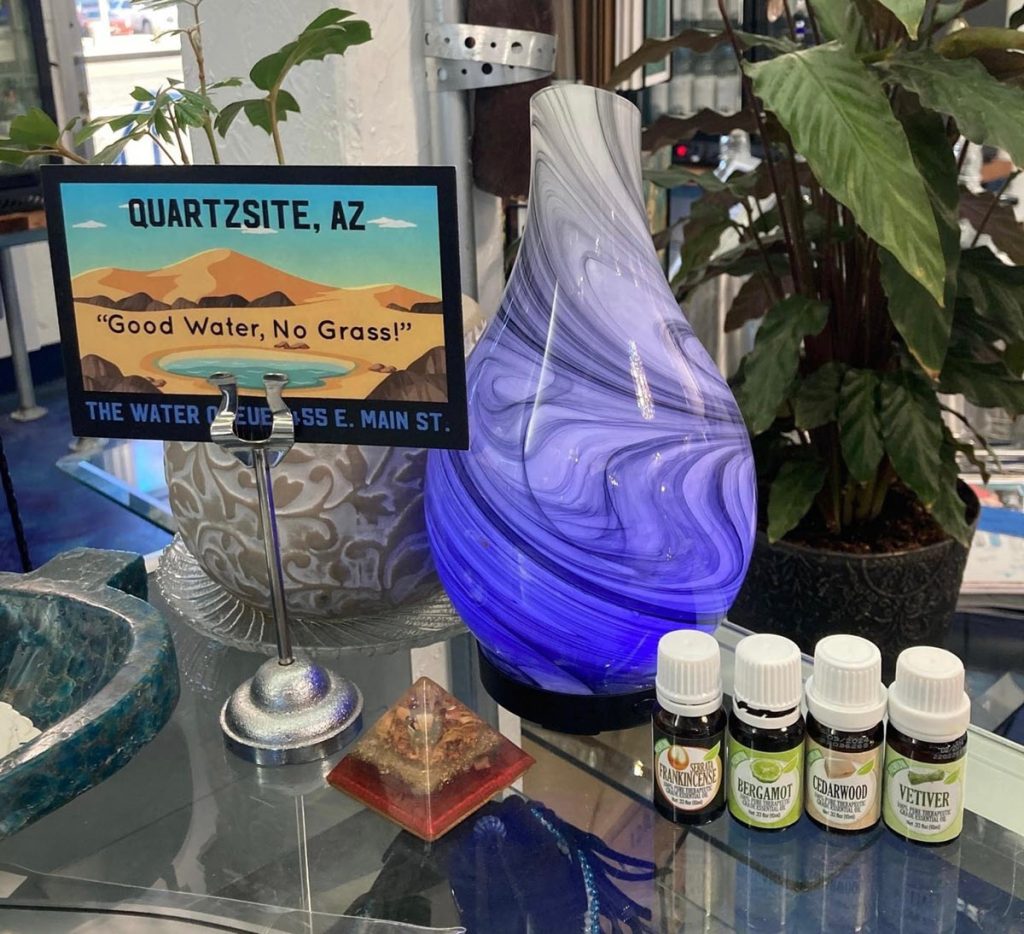
Photo courtesy of the Water Queue.
If I catch a whiff of bleach or am overwhelmed by custodial-grade aerosols, I am likely to leave. I do not want to inhale the chemicals, nor do I want them on my clothes.
However, I am not especially sensitive or allergic to scents. There are opportunities to use diffusers and scent machines to create an aroma as special and unique as your shop.
Before considering such a purchase, research the coverage per square foot and noise level. Reading through product reviews, I noticed some found the mechanical hum acts as white noise while others thought it was irritating. Additionally, think about size and the unit’s location.
If you prefer a nonmechanical device, reed diffusers are an option. They can be easily relocated throughout a shop and have no flames, aerosols, chemicals, or power requirements.
These simple containers with wood or bamboo sticks dispense essential oil aromas absorbed by the reeds. A reed diffuser of 100 mL normally lasts about a month.
How long the scent lasts depends on the number of reeds used — the more reeds there are, the stronger the fragrance is but the less time it lasts.
Be careful about where you place reed diffusers in your shop. To avoid spills, steer clear of crowded points of sale and crowded shelves.
Add Fragrance With Flowers
A simple bouquet on a trend table or at the point of sale can create fragrance as well as add color and texture. In January’s issue of Smart Retailer, I showed ways to use florals in visual merchandising and included some basics related to bouquets.
Make sure your vase is the appropriate size for the space, trim leaves and stems as needed, and change the water daily. Tulips, alstroemeria, smaller chrysanthemums, and tea roses are durable, wallet friendly, and unlikely to cause issues for sensitive shoppers. Avoid lilies and ranunculi!
Refer to the January issue (https://smart-retailer.com/jan23/) for tips on how to create bouquets stripped of unnecessary greenery and arranged in tidy, efficient groupings.
Soap and Lotion Considerations
While soaps and lotions are popular gifts or items for oneself, deciding which to choose is not always as straightforward as sniffing a scented candle or diffuser. This is especially true in the case of hand and body lotions.
We want the sensory experience to include touch. How easily does it rub into the skin? How much fragrance is released?
It is your job to make sure there are towels or wipes at hand for removing lotion or cleaning up after a customer tests such a product. It is unlikely there is a user-friendly sink in the front of the store, so take the next step by providing scent-free wipes or paper towels and a small wastebasket adjacent to where the lotion is.
Ways To Incorporate Candles
In many shops, scented candles do not require lighting to communicate fragrances. Their aromas are often in full bloom, mixing and matching throughout the store.
A lit candle adds the illusion of warmth, creates another type of illumination (however subtle, that glow is visible), and provides an accurate fragrance impression.
Group candles by seasonal scents, specific florals, or spices. Aromas of lavender, basil, cinnamon, and citrus are relaxing. Peppermint, thyme, and rosemary are invigorating, while ginger, cardamom, licorice, and chocolate tend to stir romantic feelings. Rose promotes positivity and happiness.
As always, use scent to tell a story. What makes the product special? It might be the ingredients or the artisans who made the candles or created the essential oils. Perhaps the product has healing or purifying characteristics. Maybe it is a special offer or a limited run.
Have an interesting display to share? Or a question about visual merchandising strategies for your business or your district? Visit www.windowsmatter.com for more information.


